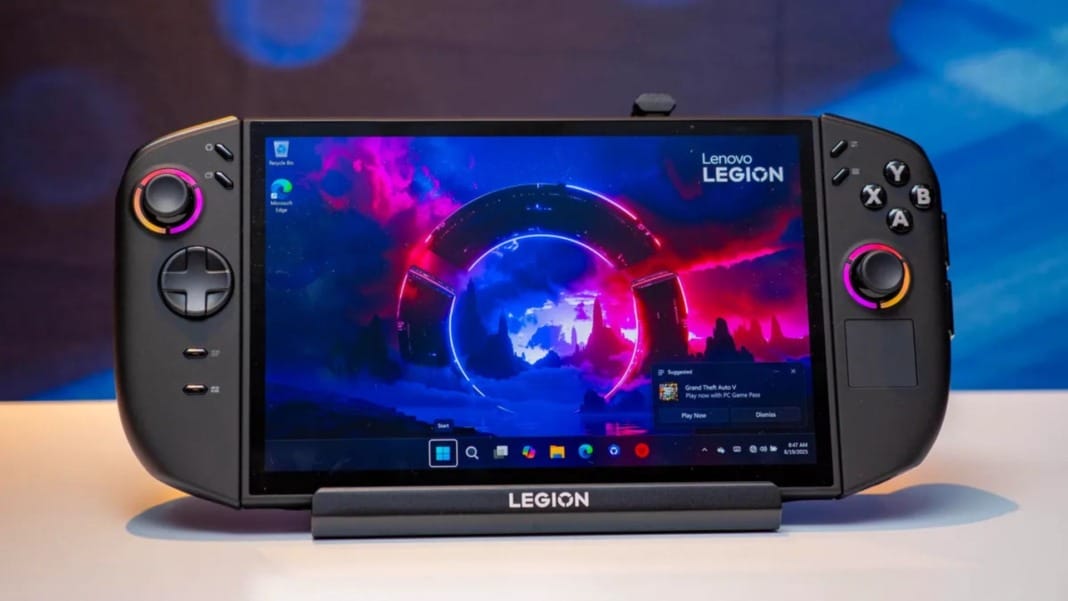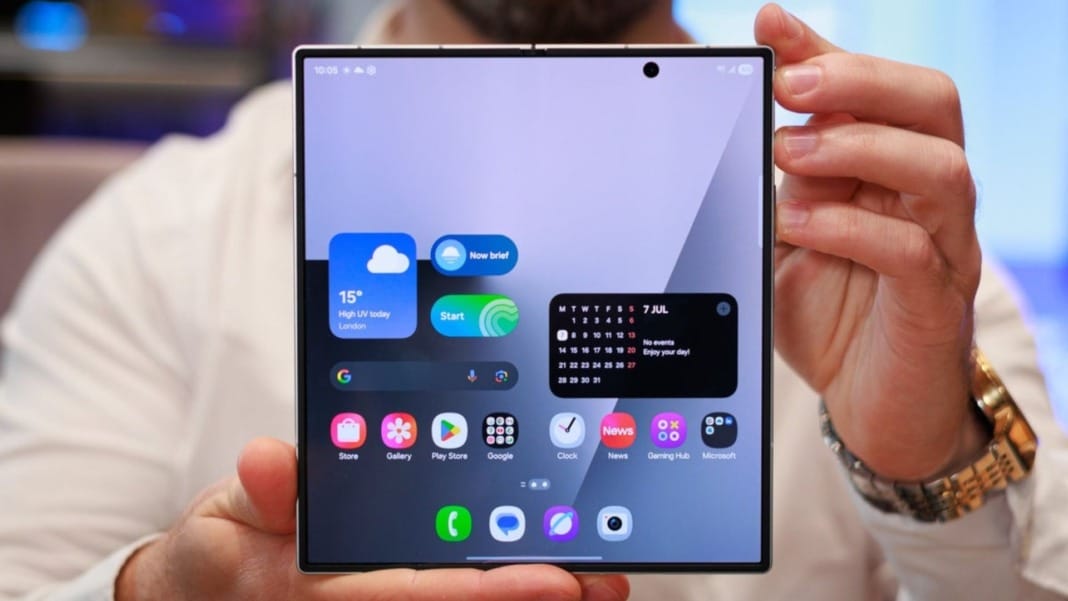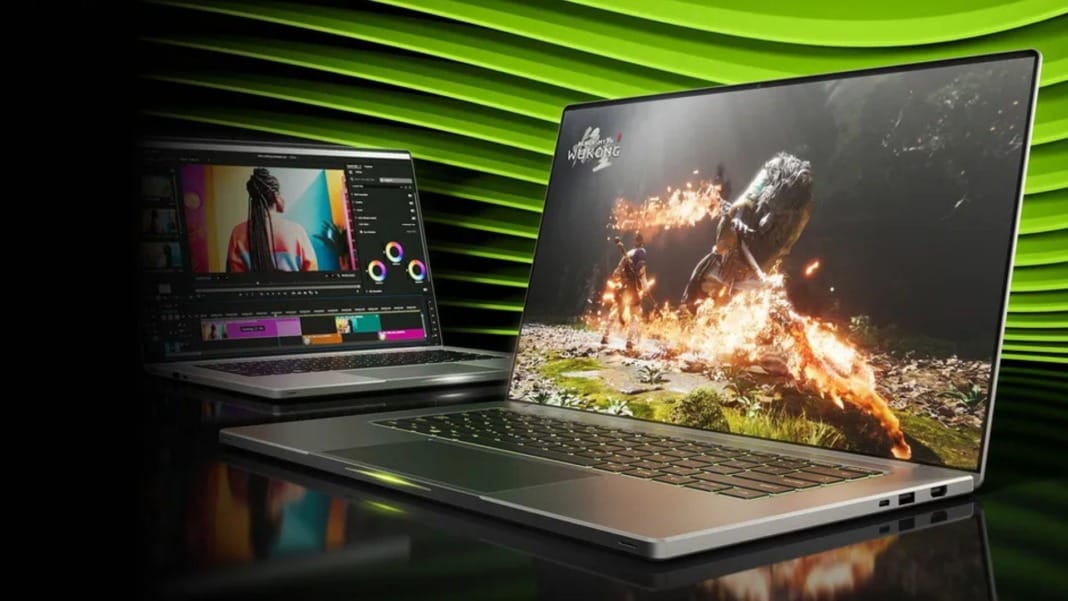Lenovo used its IFA 2025 showcase to highlight its progress in artificial intelligence and its ThinkPad line, but the company also revealed new additions to its Legion gaming brand. Among the laptops and monitors introduced, the standout launch was the Legion Go 2, a second-generation handheld gaming device running Windows 11.
Upgraded display and performance
The Legion Go 2 brings several improvements over its predecessor, most notably a new 8.8-inch OLED display. While this replaces the LCD panel of the original Legion Go, it comes with a lower resolution of 1920×1200 compared to the previous 2560×1600. However, the change to OLED technology, combined with a variable refresh rate ranging from 30Hz to 144Hz, could deliver better visuals and energy efficiency. The first model offered fixed options at 60Hz or 144Hz only.
Battery life was a concern in the original Legion Go, with reviews showing it lasted under two hours on average. To address this, Lenovo has equipped the new model with a larger 74WHr four-cell battery, compared to 49.2WHr in the first generation.
Powering the device are AMD’s new Ryzen Z2 and Z2 Extreme processors. The Z2 Extreme integrates a 4nm Radeon 890M GPU based on RDNA 3.5 architecture, featuring 16 compute units. Buyers will be able to configure the device with up to 32GB of 8000MHz RAM and as much as 2TB of PCIe Gen4 storage, with microSD expansion of up to another 2TB.
Redesigned controllers and new features
The Legion Go 2 includes reworked detachable TrueStrike controllers designed to provide a smoother and more comfortable grip. The controllers retain hall-effect joysticks, programmable rear buttons, and the FPS mode that turns the right controller into a vertical mouse. These new controllers are also backwards compatible with the original Legion Go, although Lenovo has not confirmed whether they will be sold separately.
A fingerprint sensor has been added to the main unit, offering users an extra layer of security and convenience.
Alongside the Legion Go 2, Lenovo introduced several other Legion products at the Berlin showcase. These include three new OLED monitors, the 32UD-10, 27UD-10 and 27Q-10, each with a 240Hz refresh rate, though the 27Q-10 reaches up to 280Hz.
The company also revealed the Legion Pro 7 Gen 10 laptop, which is equipped with AMD’s Ryzen 9 9955HX processor and NVIDIA’s GeForce RTX 5080 graphics card, placing it firmly in the current generation of high-end gaming machines.
Pricing and availability
The Legion Go 2 will be available later this month, starting at €999 in Europe. This represents a notable increase from the €749 launch price of the original model, which translated to over S$1,000 when it reached Singapore. The higher price puts it up against strong competition, such as the Steam Deck OLED, currently priced at around S$900 for the 512GB version on some retail sites.
The three new Legion monitors will go on sale between October and November, with European prices set at €599 for the 27Q-10, €859 for the 27UD-10, and €899 for the 32UD-10. The Legion Pro 7 Gen 10 laptop will also be available from October, priced from €2,899.





